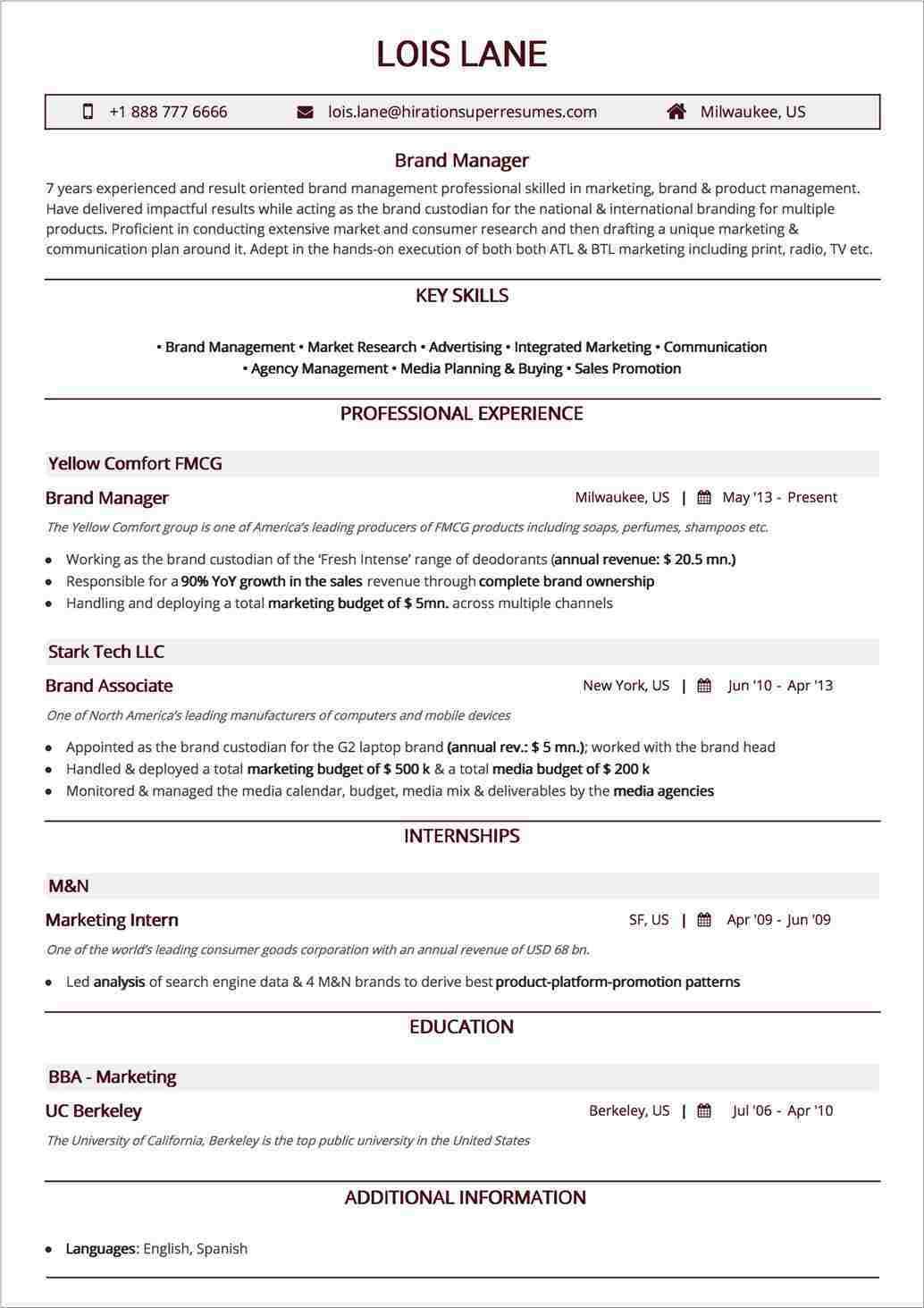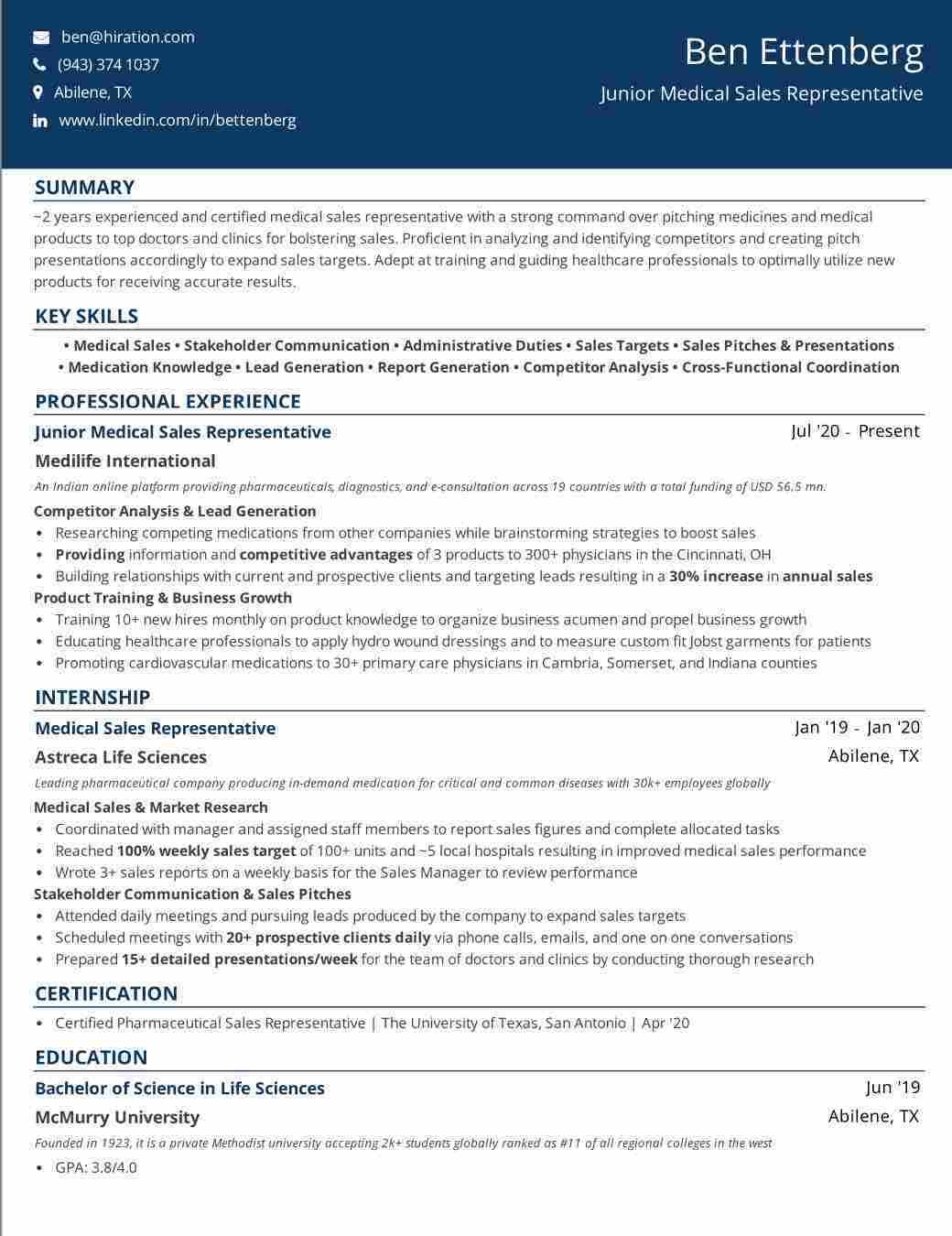Like any other resume, an Indian resume is an official document that summarizes and showcases a candidate’s career trajectory for securing jobs.
It presents the applicant’s skills, experiences, and educational background to potential employers so that they can determine the job seeker’s suitability for the vacancy.
Since it acts as the first impression of the candidate, it needs to be well structured and must highlight their strengths so as to stand out from other applicants and get shortlisted.
And given the fierce competition in the Indian job market with an 8.30% unemployment rate, your resume needs to meet its purpose for getting shortlisted.
While there isn’t any significant difference between resumes from other countries and an Indian resume, the latter does typically include more personal details about the candidate like marital status, full address, age, and gender.
Read on to learn more about Indian resumes and get clarity on related FAQs like the following:
- What does the Indian job market look like?
- How do I write my Indian resume?
- What is an Indian resume format?
- What are the common mistakes to avoid while writing an Indian resume?
- What are some good Indian resume samples?
Understanding the Indian Job Market
Understanding the Indian job market is an important step while creating your Indian resume as knowing your potential employers, expectations, and the latest job market trends can help you create a more effective resume.
Being one of the most dynamic and fastest-growing job markets in the world, the Indian job market is characterized by expanding economies, technologies, and a large pool of educated job seekers & professionals.
One of the significant differences between the Indian and Western job markets is the importance of networking and referrals.
Studies show that 70% of people in India find jobs through referrals and recommendations from friends and family members.
Another difference is the emphasis given to education and qualifications from renowned universities.
Thus, it can be gathered that your Indian resume must highlight referrals (if you have any), along with educational qualifications relevant work experience, and skills.
Also Read: How to find a job as a fresher in 2023?
How To Write an Indian Resume?
Given below are some tips that you can follow to create a job-winning Indian resume:
Analyze the Job Description
The job description provided in the listing you are targeting can provide you useful insights into the key requirements of the role.
Analyze it thoroughly and identify the strengths that you can highlight in your Indian resume.
As much as you’d want to send the same resume to multiple job listings, doing so will not land you desired shortlists.
But, when you tailor your Indian resume to showcase your potential to meet the specific requirements of the recruiters, your chance of getting interview callbacks will increase.
Format Your Indian Resume Well
The most commonly used resume format by Indian job seekers is the reverse chronological format.
This format presents your most recent work experience or educational qualification at the top, followed by the older ones.
Given that this format makes it easy for recruiters to scan your Indian resume and is also compatible with Applicant Tracking Systems (ATS) that 75% of recruiters use to filter applicants, it is a good idea to follow this format.
Additionally, keep the following points in mind while formatting your Indian resume template:
- Separate your information into distinct sections like key skills, summary, professional experience, educational background, and certifications
- Keep a 1” margin on all sides
- Use easy-to-read fonts like Arial, Calibri, and Times New Roman
- Leave ample white space between resume sections to ensure that your Indian resume doesn’t look cluttered
- Use bullets points, action verbs, and quantify achievements wherever possible
- Unless you have 10+ years of experience, limit your resume to a page
Use Keywords
As stated earlier, majority of the recruiters use ATS software to filter resumes. To ensure that your Indian resume ranks high in the ATS, you must include keywords in your resume.
Research relevant industry-specific keywords and pick keywords from the job listing that you can use in your Indian resume.
For instance, if the listing includes time management skills as one of the key requirements for the role, you can mention them in your Indian resume if it stands true to you.
Write a Compelling Summary
Since the summary section is typically located at the top part of the resume, it's the first thing that most recruiters will read.
Therefore, it is crucial to ensure that your summary highlights the best of your strengths and achievements in terms of the job description.
Begin with the years of experience you have and go on to summarize your career trajectory in 2-3 lines at the most.
If you are a fresher with no experience, consider writing an objective statement expressing your enthusiasm for leveraging your knowledge for the company’s growth.
If you have relevant certifications or training related to the role, you can mention the same in your summary as it will help you grab the recruiters’ attention.

Also Read: How to write a killer resume in 2023?
Common Mistakes To Avoid While Writing an Indian Resume
It’s the little details that can make or break your Indian resume. Listed below are some common mistakes that you must avoid while writing an Indian resume:
- Avoid writing generic resume headers like “CV” or “Resume” and write your full name as the header of your Indian resume.
- Writing unprofessional email addresses like “cooldude(at)hotmail(dot)com” in your resume is an absolute no-no. 35% of recruiters consider it to be a dealbreaker.
- Avoid writing in bulky paragraphs as it can make your resume look cluttered and boring. Stick to bullet points for a crisp look that enhances your resume’s readability.
- Avoid using fonts with fancy characters and do not include graphs or illustrations in your resume as they can not be parsed by ATS.
- 77% of recruiters cite typos and poor grammar as a reason for rejecting resumes. So, avoid grammatical errors and proofread your Indian resume before sending it.
Also Read: What are some mistakes that you must absolutely avoid during interviews?
Indian Resume Samples
For your reference, given below are some samples of Indian resumes:



Also Read: What is a good resume sample for students?
Key Takeaways
- Understanding the Indian job market is an important step while creating your Indian resume as knowing your potential employers, expectations, and the latest job market trends can help you create a more effective resume.
- Analyze the job description thoroughly and identify your strengths that you can highlight in your Indian resume.
- Use the reverse chronological format in your Indian resume and ensure that you use bullet points, action verbs, and quantified achievements wherever possible.
- Write a compelling summary of 2-3 lines and include keywords in your Indian resume.
- If you have referrals, highlight it in your resume and ensure that there are no typos or grammatical errors in your Indian resume.
If you want to create a job-winning Indian resume, use Hiration’s AI-powered Resume Builder which offers 24x7 chat support.



